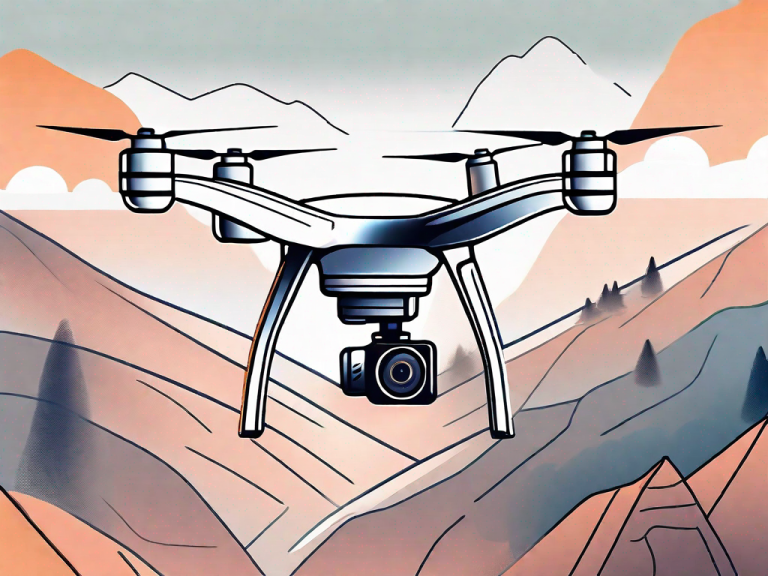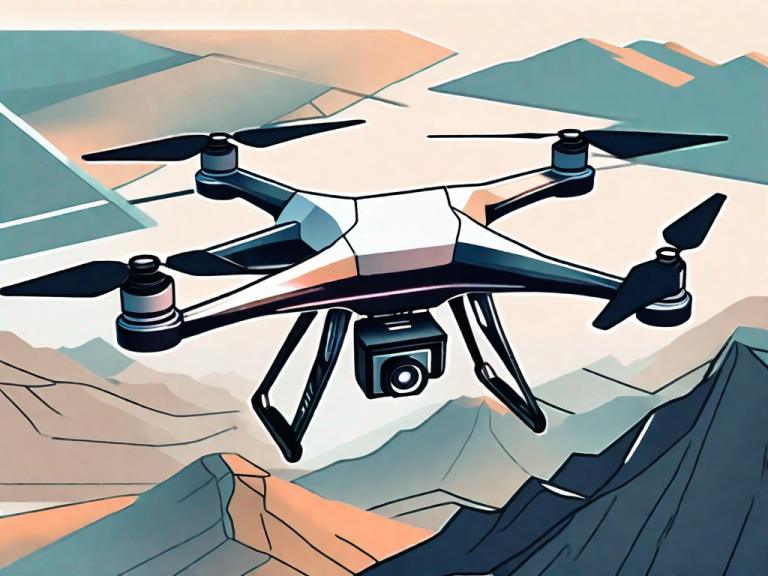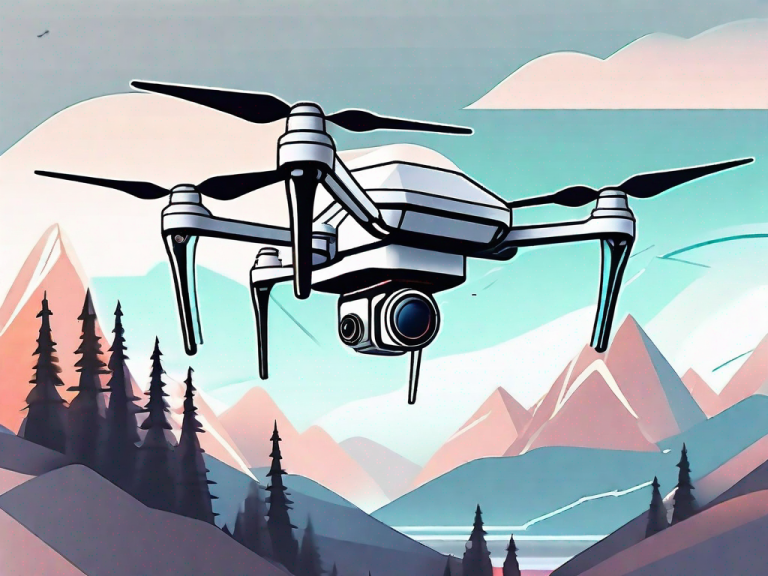Understanding the Importance of Choosing the Right Camera for Night Photography
When it comes to capturing breathtaking night shots, selecting the right camera is crucial. Night photography presents unique challenges, such as low-light conditions, long exposures, and the need to capture fine details in the dark. The camera you choose plays a vital role in overcoming these challenges and transforming your nighttime images into stunning works of art. So, let’s delve into the importance of choosing the best camera for night shots.
One important factor to consider when choosing a camera for night photography is its low-light performance. Cameras with larger image sensors tend to perform better in low-light conditions, as they can capture more light and produce less noise in the final image. Additionally, cameras with higher ISO capabilities allow for better sensitivity to light, resulting in brighter and clearer night shots.
Another crucial aspect to look for in a camera for night photography is its ability to handle long exposures. Long exposures are often necessary to capture the movement of stars, light trails, or other night-time phenomena. A camera with a bulb mode or the ability to set long shutter speeds will give you more control over your exposure and allow you to experiment with different creative techniques.
Exploring the Challenges of Night Photography and How a Good Camera Can Help
Night photography poses numerous challenges that can be overcome by using the right camera. One of the main obstacles photographers face during low-light conditions is noise. When shooting in the dark, cameras with excellent noise reduction technology produce cleaner and more detailed images. A good camera also offers high ISO capabilities, allowing you to increase the sensitivity of the sensor and capture brighter images with minimal noise. Furthermore, a camera with advanced low-light performance will have larger pixel sizes and higher dynamic range, resulting in improved image quality in challenging lighting situations.
In addition to noise reduction and high ISO capabilities, a good camera for night photography should also have a wide aperture lens. A wide aperture, such as f/1.8 or f/2.8, allows more light to enter the camera, resulting in brighter images and faster shutter speeds. This is especially important when capturing moving subjects in low-light conditions, as a faster shutter speed helps to freeze the action and reduce motion blur.
Another important feature to consider in a camera for night photography is image stabilization. Handheld shooting in low-light situations can be challenging, as even the slightest camera shake can result in blurry images. Image stabilization technology, whether optical or sensor-shift, helps to counteract camera shake and produce sharper images. Some cameras even offer specialized night modes or long exposure capabilities, allowing you to capture stunning light trails or starry skies.
Key Factors to Consider When Selecting a Camera for Night Shots
Before purchasing a camera for night photography, it’s important to consider a few key factors. Firstly, sensor size plays a significant role in low-light performance. Cameras with larger sensors tend to perform better in low-light conditions as they can capture more light, resulting in cleaner and more detailed night shots. Additionally, pay attention to the camera’s ability to shoot at high ISOs without excessive noise. Look for cameras with advanced noise reduction technology and high ISO capabilities to ensure optimal performance in dark environments.
Another important factor to consider is the lens aperture. A wider aperture allows more light to enter the camera, which is crucial for capturing well-exposed night shots. Look for lenses with a low f-number, such as f/1.8 or f/2.8, as they are known for their excellent low-light performance.
Furthermore, image stabilization is essential for night photography. Handheld shots in low-light conditions can easily result in blurry images due to camera shake. Look for cameras with built-in optical or sensor-shift image stabilization to minimize the effects of camera shake and ensure sharp night shots.
Top Features to Look for in a Camera for Capturing Stunning Night Images
When searching for the best camera for night shots, there are several features you should prioritize. Firstly, a wide aperture lens is essential for capturing more light and achieving a shallow depth of field. Look for lenses with low f-stop numbers, such as f/1.8 or f/1.4, to maximize the amount of light entering the camera. Additionally, image stabilization technology is crucial for handheld night photography. Cameras with built-in image stabilization or lenses with optical stabilization help reduce blur caused by hand movement during long exposures.
Another important feature to consider when choosing a camera for night photography is the ISO range. A higher ISO allows the camera to capture more light in low-light conditions, resulting in brighter and less noisy images. Look for cameras with a wide ISO range, such as ISO 100-25600 or higher, to ensure optimal performance in various lighting situations.
In addition to aperture, image stabilization, and ISO range, the camera’s sensor size also plays a significant role in capturing stunning night images. Larger sensors tend to perform better in low-light conditions as they can gather more light. Full-frame cameras, with sensors that are equivalent in size to traditional 35mm film, are known for their excellent low-light performance. However, APS-C or Micro Four Thirds sensors can also deliver impressive results, especially when paired with high-quality lenses.
Comparing Different Camera Types and Their Performance in Low-Light Conditions
There are various camera types available in the market, each with its own strengths and weaknesses when it comes to night photography. DSLR cameras have traditionally been popular choices for night shooting due to their large sensors, extensive lens options, and superior low-light capabilities. However, mirrorless cameras have gained popularity in recent years, offering comparable performance in a more compact form factor. Compact cameras and bridge cameras also hold their ground, with advancements in technology providing impressive results in low-light situations. Ultimately, the best camera type for night shots depends on your individual preferences and shooting style.
When considering the performance of different camera types in low-light conditions, it is important to also take into account the advancements in image stabilization technology. Many modern cameras, regardless of type, now feature built-in image stabilization systems that help reduce camera shake and produce sharper images in low-light situations. This can be particularly beneficial when shooting handheld in dimly lit environments where a tripod may not be practical or allowed. Additionally, some cameras offer specialized night shooting modes or features, such as enhanced noise reduction algorithms or higher ISO capabilities, which can further improve image quality in challenging lighting conditions. Therefore, when evaluating camera options for night photography, it is worth considering not only the camera type but also the specific features and technologies that can enhance low-light performance.
The Best DSLR Cameras for Night Photography: A Comprehensive Review
DSLR cameras have long been favored by photographers for their exceptional image quality and versatility. When it comes to night photography, certain DSLR models excel in capturing stunning images in low-light conditions. Here, we’ll review some of the best DSLR cameras specifically designed for nighttime shooting. From the acclaimed Canon EOS 5D Mark IV with its outstanding low-light performance and dynamic range to the Nikon D850’s high-resolution sensor and exceptional noise reduction capabilities, these cameras have proven themselves as top contenders for capturing captivating night shots.
In addition to the Canon EOS 5D Mark IV and Nikon D850, another DSLR camera that deserves recognition for its night photography capabilities is the Sony Alpha A7S III. This camera features a remarkable ISO range of up to 409,600, allowing for exceptional low-light performance and minimal noise in dark environments. The A7S III also boasts impressive dynamic range and excellent autofocus, making it a reliable choice for capturing detailed and well-exposed night shots.
For photographers who prefer a more compact option, the Fujifilm X-T4 is a mirrorless camera that excels in nighttime shooting. With its APS-C sensor and advanced image processing, the X-T4 delivers exceptional image quality even in challenging lighting conditions. This camera also offers a wide range of customizable settings and film simulations, allowing photographers to achieve their desired night photography aesthetic with ease.
Mirrorless Cameras: The Perfect Choice for Night Photography Enthusiasts
Mirrorless cameras have seen a surge in popularity among photographers, and for good reason. Their compact size, advanced technology, and impressive image quality make them a perfect choice for night photography enthusiasts. Models like the Sony Alpha series, Fujifilm X-T4, and Panasonic Lumix S1R offer exceptional low-light performance, allowing you to capture stunning night shots with ease. The absence of a mirror mechanism also enables these cameras to shoot silently, making them ideal for capturing quiet and intimate moments in the dark.
Compact Cameras That Excel in Low-Light Situations: A Detailed Analysis
Compact cameras, once seen as limited in capability, have come a long way in delivering impressive results in low-light situations. With advancements in technology, compact cameras now offer features such as larger sensors, faster lenses, and improved noise reduction algorithms. The Sony Cyber-shot RX100 series, Canon PowerShot G5 X Mark II, and Panasonic Lumix LX100 II are just a few examples of compact cameras that excel in low-light photography. These compact powerhouses pack a punch, making them a great option for night shots on the go.
Unleashing the Power of Full-Frame Cameras for Nighttime Shooting
Full-frame cameras are renowned for their ability to capture stunning images in any lighting conditions. Their larger sensors allow more light to be captured, resulting in images with exceptional detail, dynamic range, and low noise levels. Full-frame cameras such as the Sony Alpha A7R IV, Nikon Z7, and Canon EOS R6 are designed to excel in low-light situations. Whether you’re capturing the starry night sky or the city lights, full-frame cameras provide the ultimate tool for nighttime shooting.
Exploring the Benefits of Using Bridge Cameras for Night Shots
Bridge cameras, with their versatile zoom lenses and advanced features, bridge the gap between compact cameras and DSLRs. For night photography enthusiasts, bridge cameras offer a range of benefits. Their long zoom lenses allow you to capture distant subjects, while their advanced image stabilization ensures sharp and steady shots. Bridge cameras like the Panasonic Lumix FZ1000 II and Sony Cyber-shot RX10 series provide excellent image quality and functionality, making them a popular choice for photographers who want flexibility and convenience in capturing night shots.
Understanding the Role of Sensor Size and Low-Light Performance in Cameras
Sensor size plays a crucial role in a camera’s performance in low-light conditions. As the sensor size increases, more light can be captured, resulting in better image quality and reduced noise. Full-frame sensors, being the largest, offer superior low-light performance compared to APS-C or Micro Four Thirds sensors. However, advancements in technology have allowed smaller sensor formats to bridge the gap and deliver impressive results in nighttime shooting. Understanding the relationship between sensor size and low-light performance empowers photographers to make informed decisions when choosing a camera for night shots.
High ISO Capabilities: Why It Matters in Choosing a Camera for Night Shots
ISO is a measure of a camera’s sensitivity to light, and having high ISO capabilities is vital for night photography. When shooting in low-light conditions, increasing the ISO allows the sensor to capture more light and produce brighter images. However, increasing the ISO also introduces noise or grain to the image. Cameras with excellent high ISO capabilities can maintain image quality even at higher ISO settings, allowing you to shoot in darker environments without compromising on image noise. So, when selecting a camera for night shots, be sure to consider its high ISO performance.
Examining Noise Reduction Technology in Cameras and Its Impact on Night Photography
Noise reduction technology plays a significant role in enhancing image quality in low-light conditions. When shooting in the dark, cameras employ various noise reduction techniques to minimize the grain or speckles that often appear in high ISO images. Advanced noise reduction algorithms analyze the image data and intelligently remove noise while preserving important details. Cameras with superior noise reduction technology can deliver cleaner and more detailed night shots, allowing you to capture the beauty of the night with utmost clarity.
Evaluating the Performance of Different Camera Brands in Low-Light Situations
Various camera brands have made significant strides in improving low-light performance in their cameras. Canon, Nikon, Sony, Fujifilm, and Panasonic are among the leading brands that offer excellent options for night photography. Each brand has its own strengths and focuses, so it’s important to evaluate their performance in low-light situations. Whether you prefer Canon’s renowned image processing, Nikon’s exceptional dynamic range, or Sony’s cutting-edge technology, consider the brand’s track record in delivering reliable and outstanding performance in nighttime shooting.
Essential Accessories to Enhance Your Night Photography with the Best Camera
In addition to selecting the best camera for night shots, certain accessories can greatly enhance your nighttime photography experience. Tripods play a crucial role, providing stability during long exposures. Look for sturdy tripods with features like a built-in level and quick-release mechanism for ease of use. Remote shutter releases allow you to trigger your camera without touching it, minimizing the chance of camera shake. Additionally, investing in a good quality lens hood, filters for light control, and a comfortable camera bag will further improve your night photography endeavors.
Tips and Techniques to Maximize Your Results with the Chosen Camera Model
Once you’ve chosen the best camera for night shots, it’s important to understand how to maximize its potential. Experiment with different shooting modes like manual, aperture priority, or shutter priority to have full control over the exposure settings. Understanding the principles of long exposure photography will allow you to capture light trails, starry skies, and stunning cityscapes. Additionally, mastering the art of focusing in low-light conditions and utilizing techniques such as bracketing and image stacking will further elevate your night photography game.
Troubleshooting Common Issues Faced During Night Photography and How to Overcome Them
Despite careful planning and preparation, night photography can present unexpected challenges. Identifying and troubleshooting common issues will help you overcome hurdles and capture better night shots. Dealing with noise? Try shooting in RAW format and utilize noise reduction software during post-processing. Struggling with focus in the dark? Switch to manual focus and use your camera’s manual focus assist features like focus peaking or magnification. By understanding these common problems and their solutions, you’ll be better equipped to tackle any issues that arise during your night photography sessions.
Real-Life Examples: Showcasing Stunning Night Shots Taken with Different Camera Models
There’s no better way to appreciate the capabilities of different camera models than by observing real-life examples. Here, we showcase stunning night shots taken with a variety of cameras, including DSLRs, mirrorless cameras, compact cameras, and more. These captivating images demonstrate the magic that can be achieved when the right camera is paired with the creative vision of a skilled photographer. Prepare to be inspired and see the potential that lies within each camera model for capturing breathtaking night shots.
Budget-Friendly Options: Affordable Cameras that Deliver Impressive Results in Low Light
Embarking on your night photography journey doesn’t necessarily mean breaking the bank. There are budget-friendly camera options that offer impressive performance in low-light conditions. Cameras like the Nikon D3500, Canon EOS Rebel T7i, and Sony Alpha a6000 provide excellent image quality, user-friendly interfaces, and a wide selection of compatible lenses. These affordable options ensure that aspiring night photographers can still capture stunning images without compromising on quality.
Note: SEO (Search Engine Optimization) is important when creating article subheadings to ensure they are relevant and will rank well in search engine results pages (SERPs).
Note: Ensuring proper Search Engine Optimization (SEO) for your article subheadings is crucial to improve their relevance and visibility in search engine results. By using appropriate keywords and creating informative headings, you can increase the chances of your article being discovered by individuals searching for information on the best camera for night shots. Implementing SEO best practices, such as optimizing meta tags and including relevant keywords throughout the article, will enhance the article’s visibility and reach to a wider audience.









